Cape Town (South Africa)
20 September 2024 03:41 pm Our final destination for the trip was Cape Town, South Africa, as a post-trip extension. After flying from Victoria Falls to Cape Town, we were transferred to our hotel near the International Convention Center in the heart of the city. At four nights, this was to be our longest stay in one place for the entire trip.
Because the aerial tram to the top of Table Mountain had only re-opened the previous day after being closed for annual maintenance, we were up early the next morning to be in line when the tram opened. This proved to be a good strategy, as we were among the first up the tram, and the line behind us had grown impressively long. There were some broken clouds around, but visibility at the top of the mountain was good, and the clouds below us made for some interesting views. We spent an hour on the mountain top, exploring and taking in the scenery. We also saw a few Hyraxes out on the rocks, which were cute and not something I had anticipated seeing.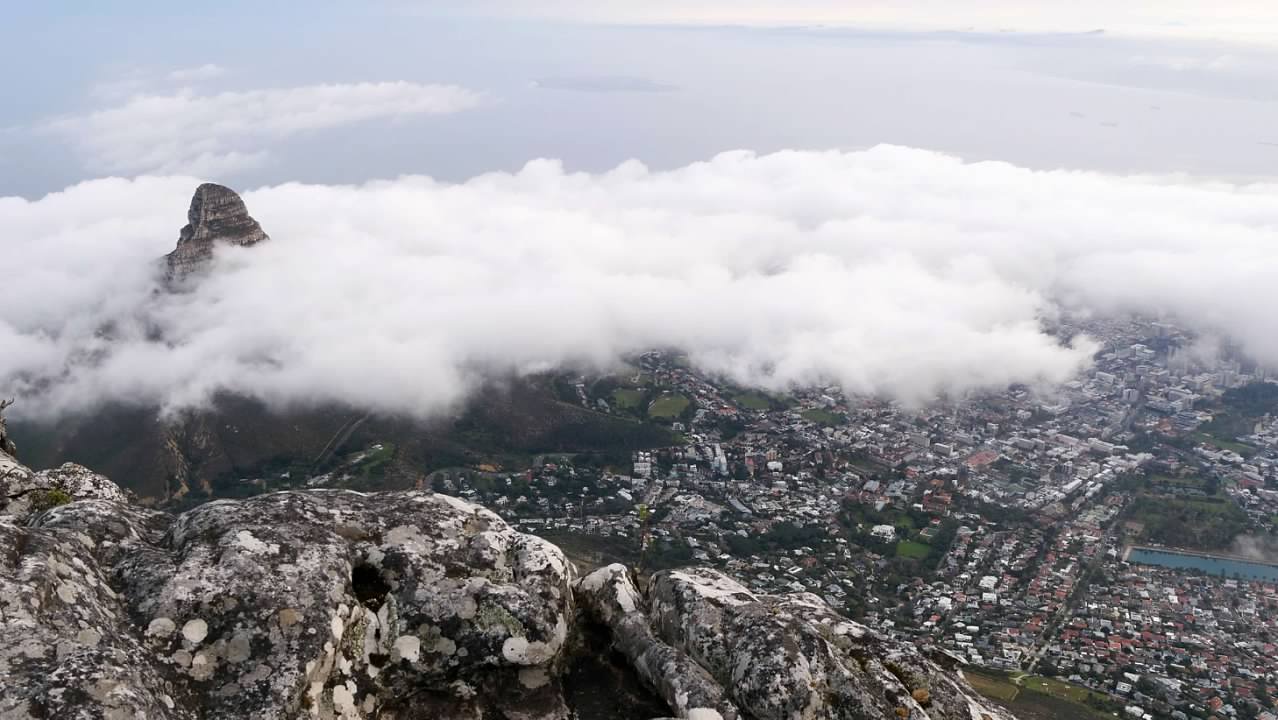
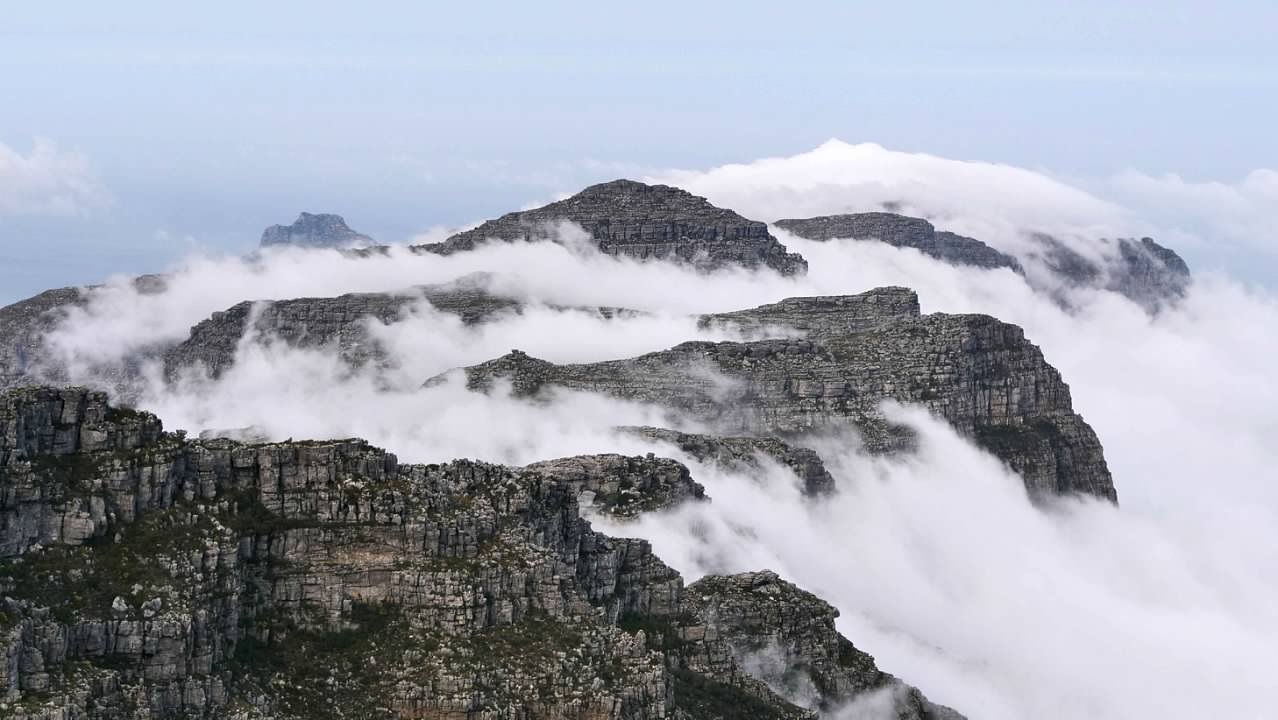
 After coming back down the tram, we were taken to the District 6 museum, which houses a collection of artifacts commemorating the forced removal of more than 60,000 people from a formerly vibrant and diverse neighborhood in the city that was known as District 6. The apartheid government declared the district to be a "white area" and forcibly relocated the residents to various townships and demolished their homes. The plan was to redevelop the area for white residents, but international pressure largely prevented those projects, and the area remains largely empty today. While there have been some efforts to restore ownership to the families of those who were displaced, those efforts have only been minimally successful. A former resident of District 6 talked to us at length about the history of the District and the impacts the mass relocations had on those who used to live there.
After coming back down the tram, we were taken to the District 6 museum, which houses a collection of artifacts commemorating the forced removal of more than 60,000 people from a formerly vibrant and diverse neighborhood in the city that was known as District 6. The apartheid government declared the district to be a "white area" and forcibly relocated the residents to various townships and demolished their homes. The plan was to redevelop the area for white residents, but international pressure largely prevented those projects, and the area remains largely empty today. While there have been some efforts to restore ownership to the families of those who were displaced, those efforts have only been minimally successful. A former resident of District 6 talked to us at length about the history of the District and the impacts the mass relocations had on those who used to live there. From the museum, we drove through the city, with stops to see the statue of Nelson Mandela at city hall, the cathedral where Desmond Tutu was archbishop, the Company's Garden, which is a lovely park that dates back to the Dutch colonial period, and the colorful houses in the Bo-Kaap neighborhood. Finally, we were dropped off at the Victoria and Alfred Waterfront, where we had lunch and did some light shopping before walking back to our hotel.
From the museum, we drove through the city, with stops to see the statue of Nelson Mandela at city hall, the cathedral where Desmond Tutu was archbishop, the Company's Garden, which is a lovely park that dates back to the Dutch colonial period, and the colorful houses in the Bo-Kaap neighborhood. Finally, we were dropped off at the Victoria and Alfred Waterfront, where we had lunch and did some light shopping before walking back to our hotel.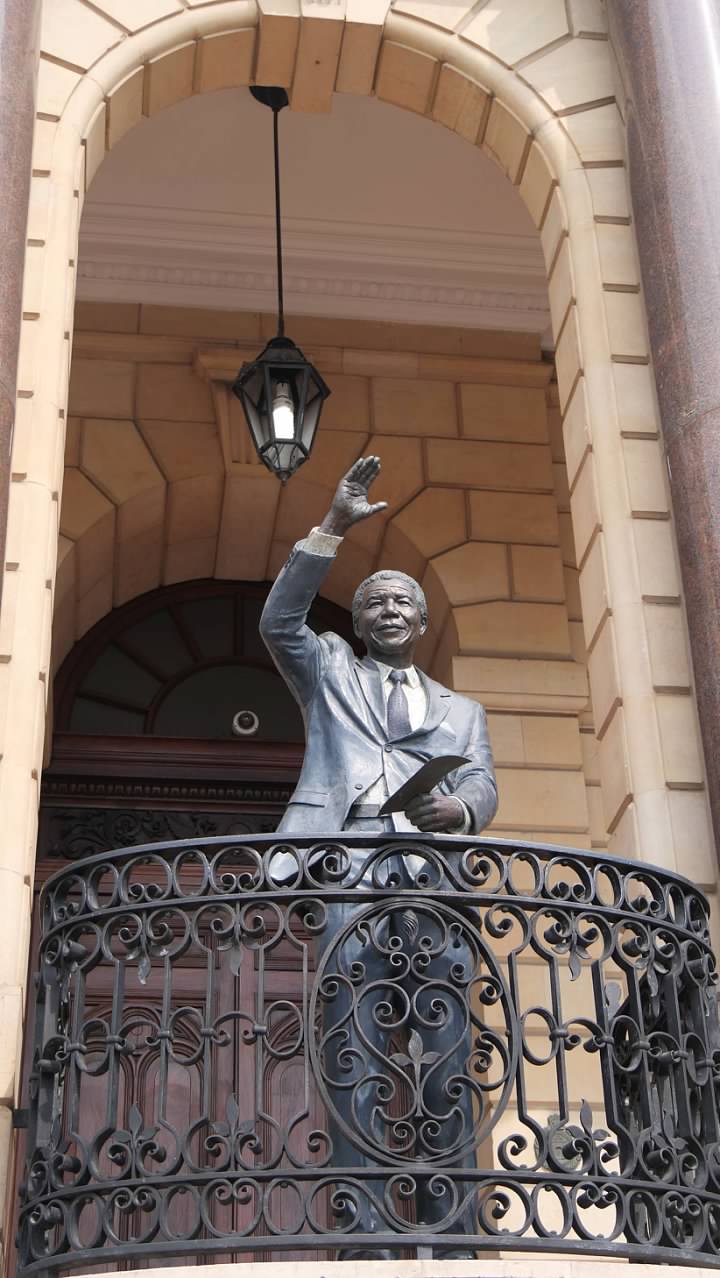
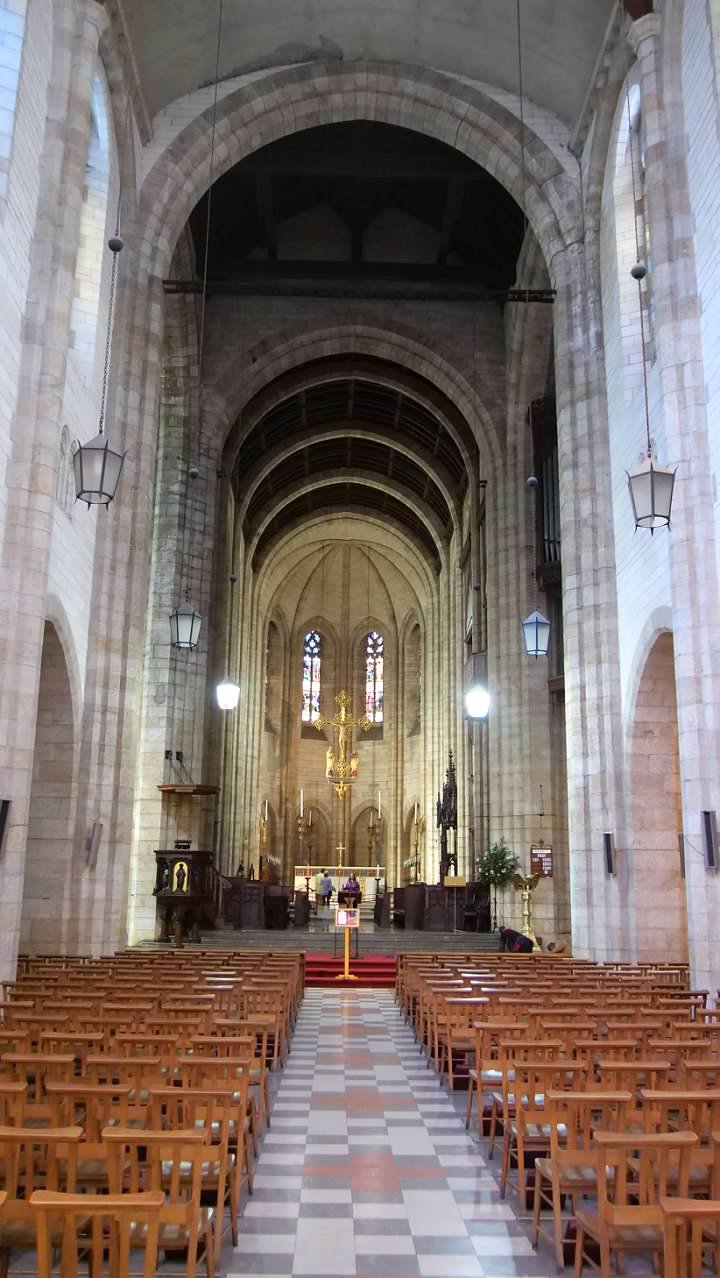
 On our second day, we had a day long tour that took us along the Atlantic coast of the Cape of Good Hope, all the way to Cape Point. We visited the old lighthouse atop the ridge there, and soaked in the ocean vista that surrounded us. On the way down, we saw seals on the rocks off shore, and several Eland, the largest of the antelope species.
On our second day, we had a day long tour that took us along the Atlantic coast of the Cape of Good Hope, all the way to Cape Point. We visited the old lighthouse atop the ridge there, and soaked in the ocean vista that surrounded us. On the way down, we saw seals on the rocks off shore, and several Eland, the largest of the antelope species. 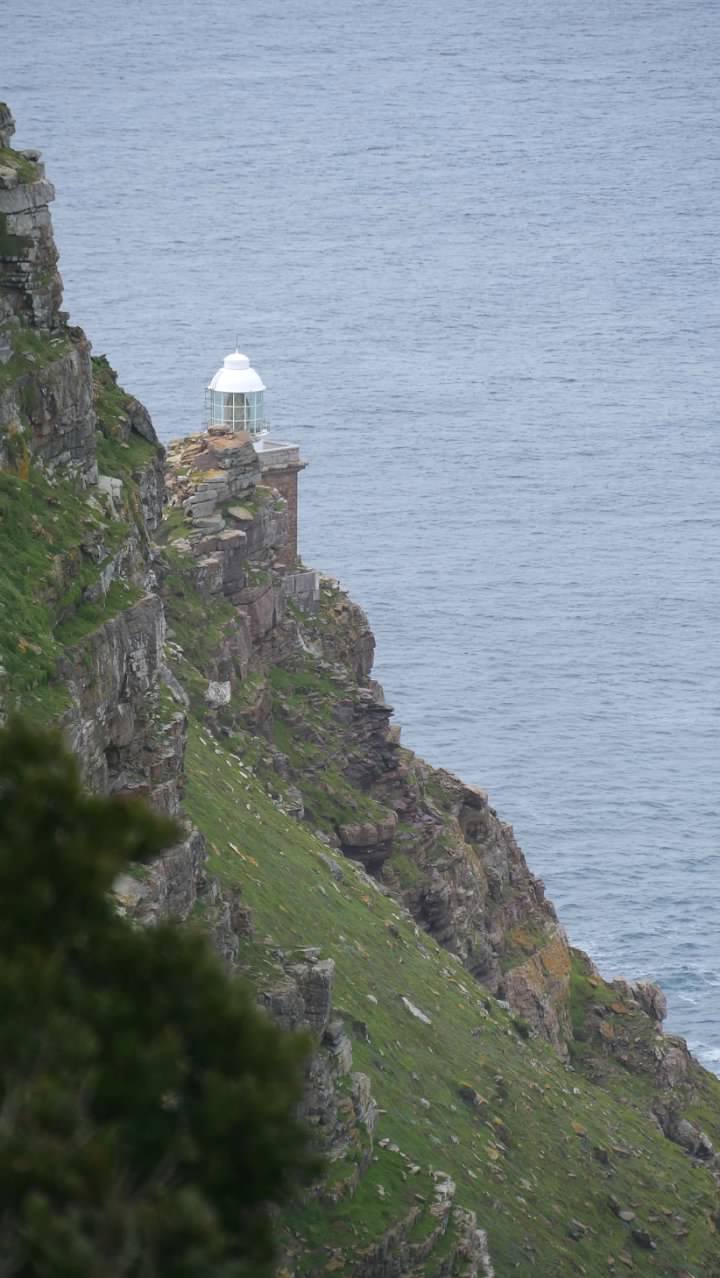
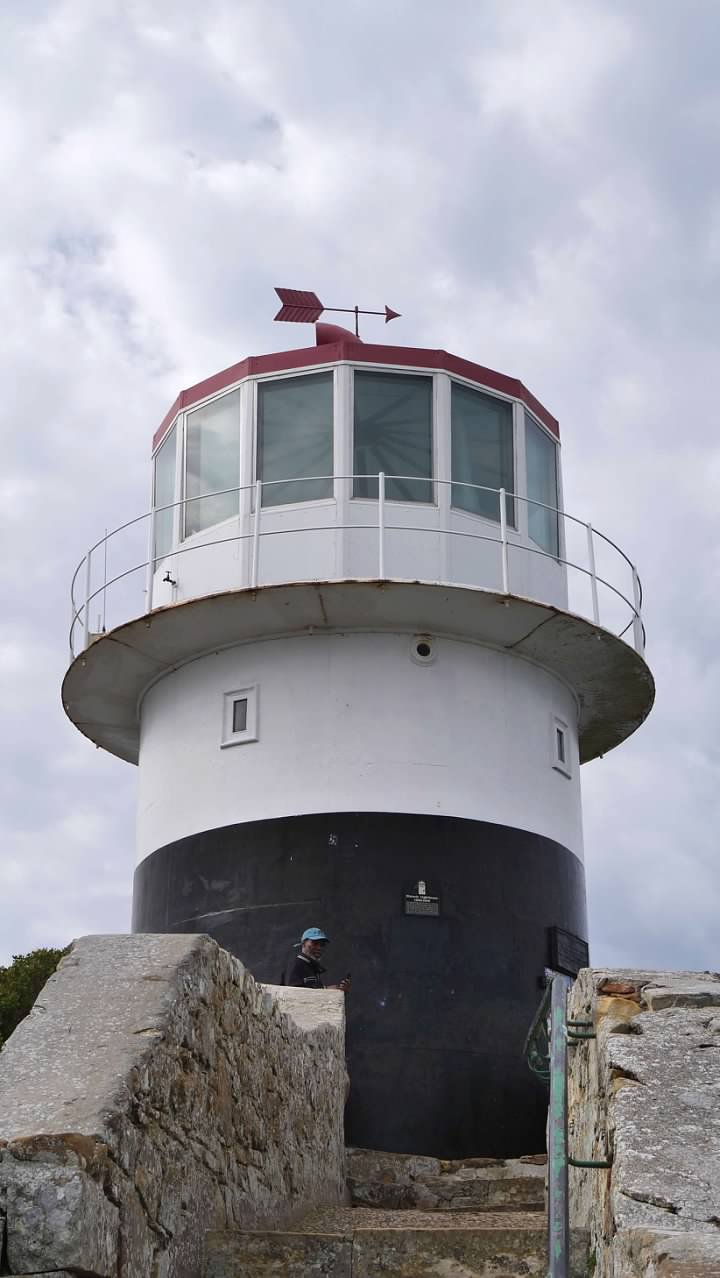
 Our return to the City took us back along the other side of the Cape, with a stop at Boulder Beach to see the penguin colony there. There were dozens of penguins there, resting on the beach or swimming in the bay. We also saw some nesting in the bushed behind the beach, including one nest with chicks in it.
Our return to the City took us back along the other side of the Cape, with a stop at Boulder Beach to see the penguin colony there. There were dozens of penguins there, resting on the beach or swimming in the bay. We also saw some nesting in the bushed behind the beach, including one nest with chicks in it.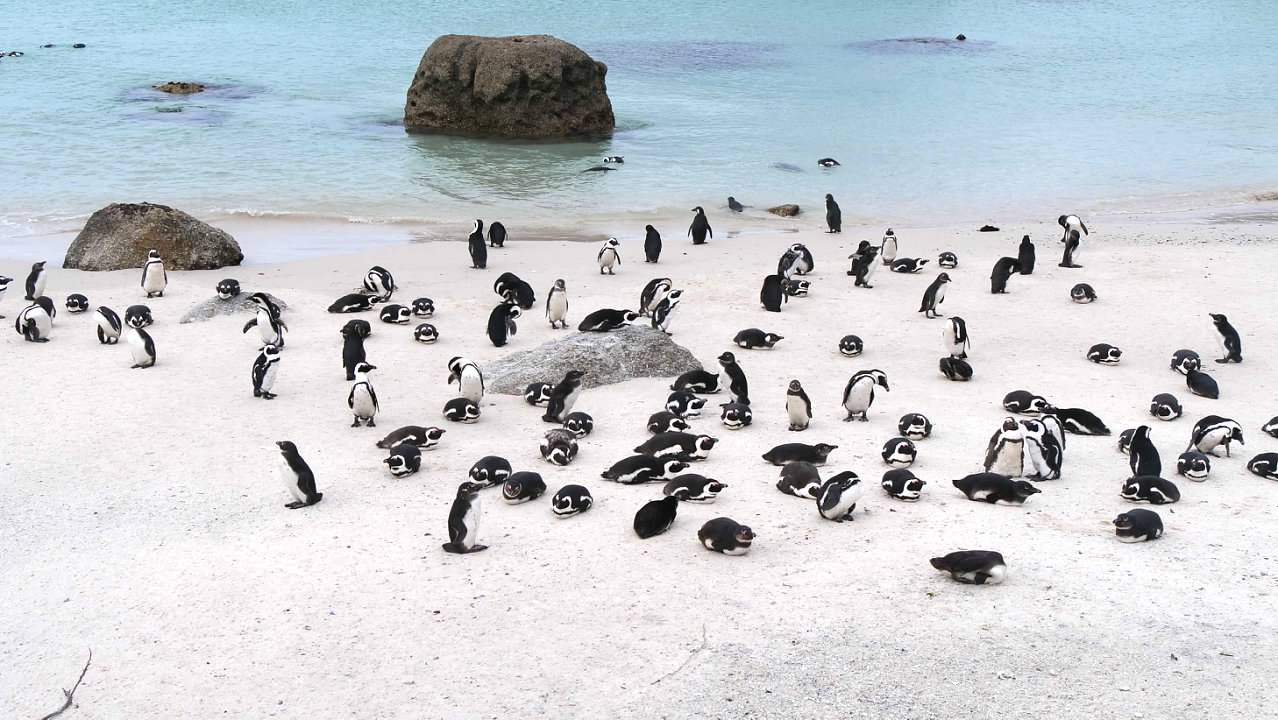
 After lunch, we continued back towards the city, with a final stop at the Kirstenbosch National Botanical Garden. This is an incredible park, so big that our visit really didn't do it justice. There were so many different flowers that I had never seen before, in bright and vibrant colors. It is beautifully maintained and is a shame that we didn't have more time to explore there.
After lunch, we continued back towards the city, with a final stop at the Kirstenbosch National Botanical Garden. This is an incredible park, so big that our visit really didn't do it justice. There were so many different flowers that I had never seen before, in bright and vibrant colors. It is beautifully maintained and is a shame that we didn't have more time to explore there.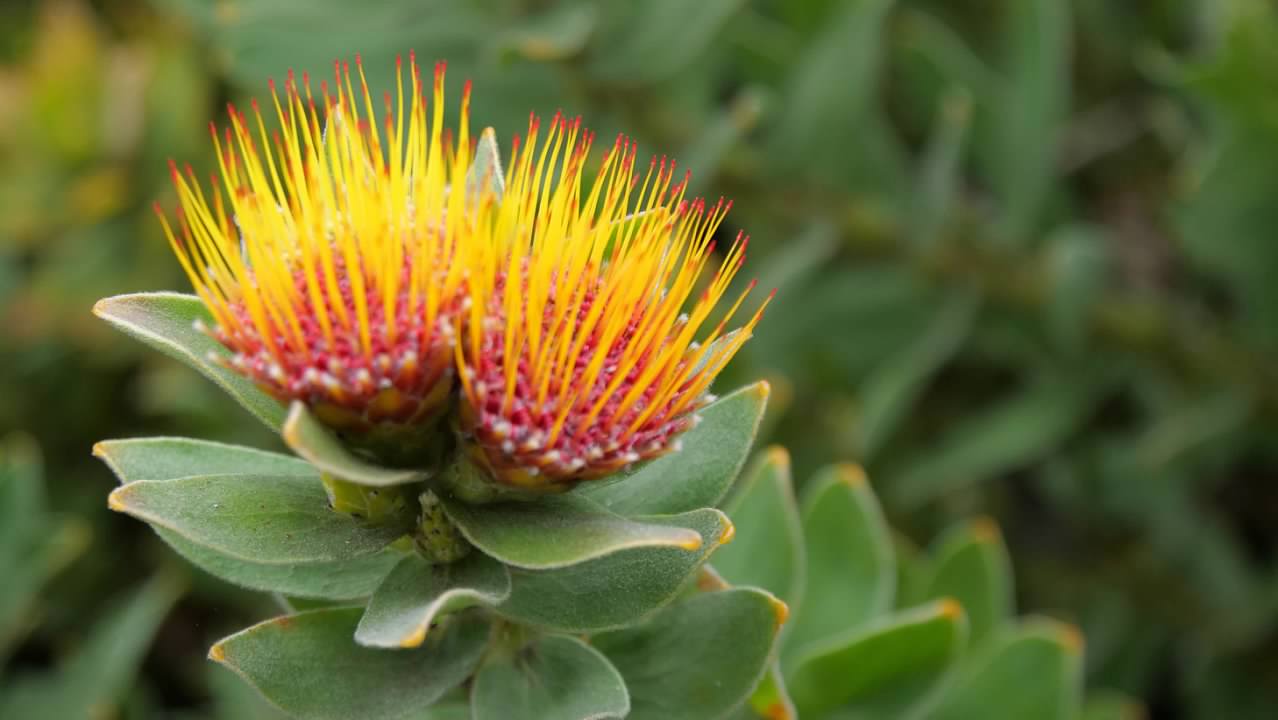
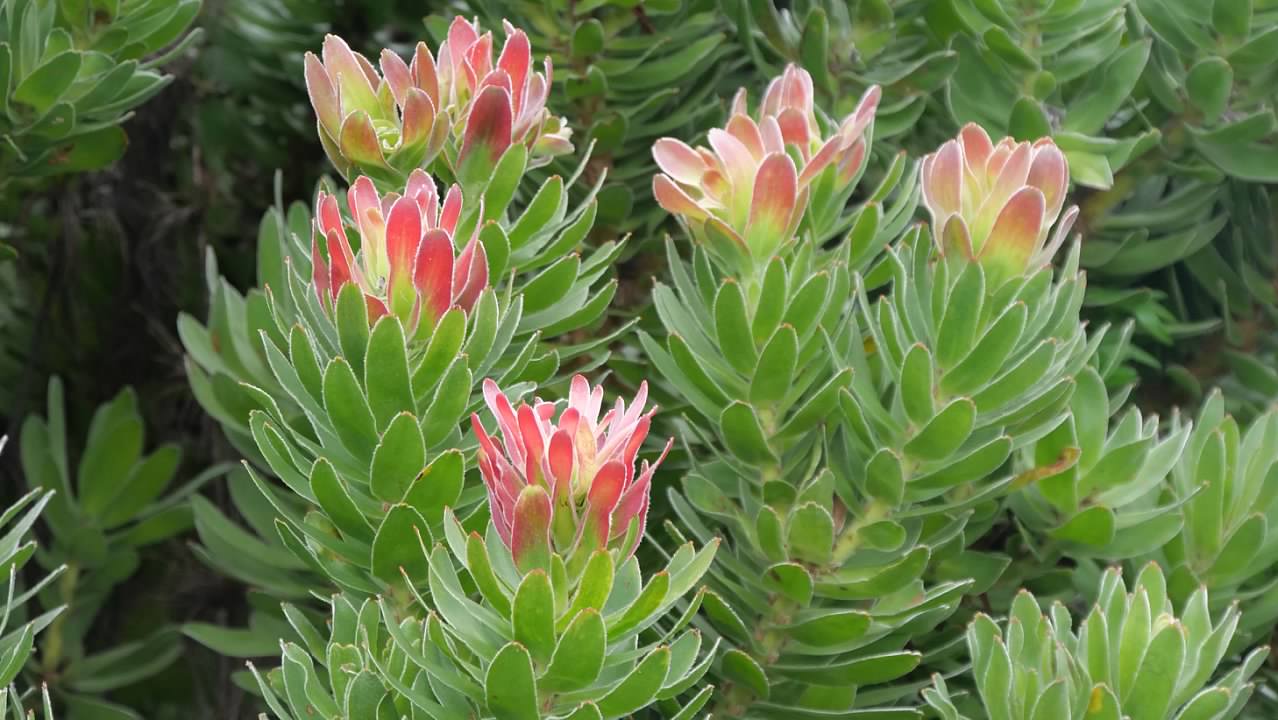
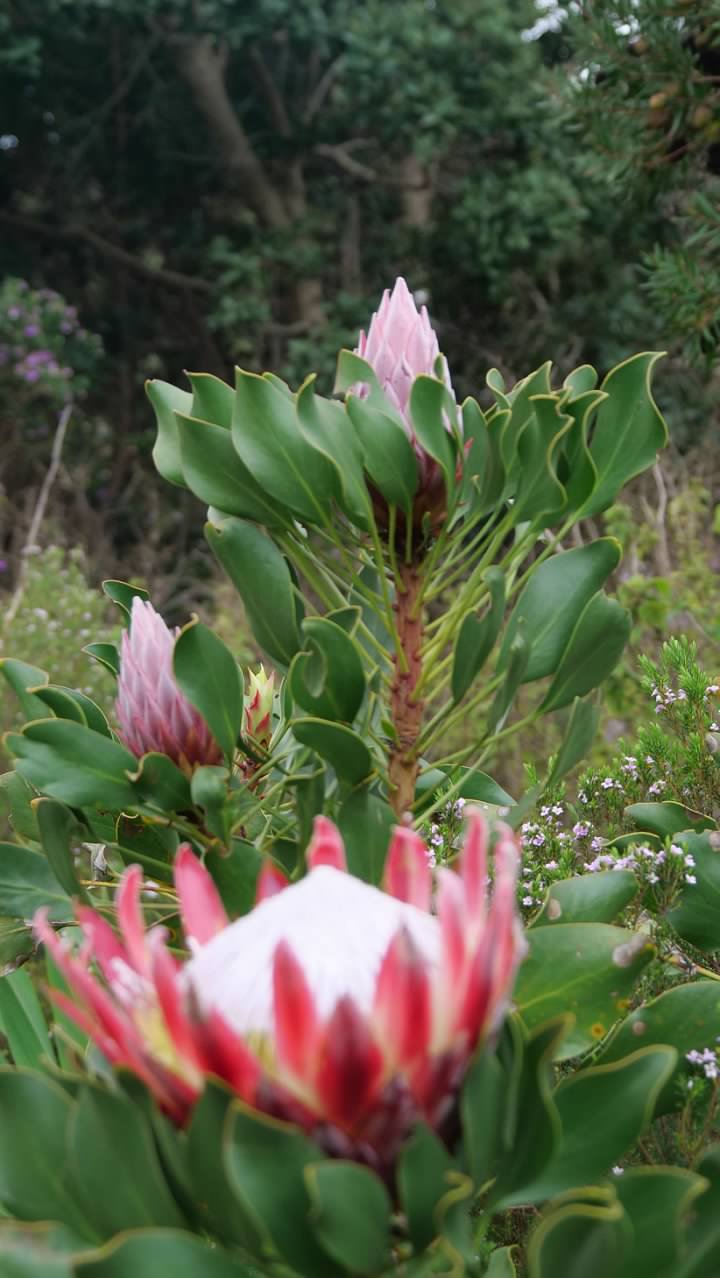
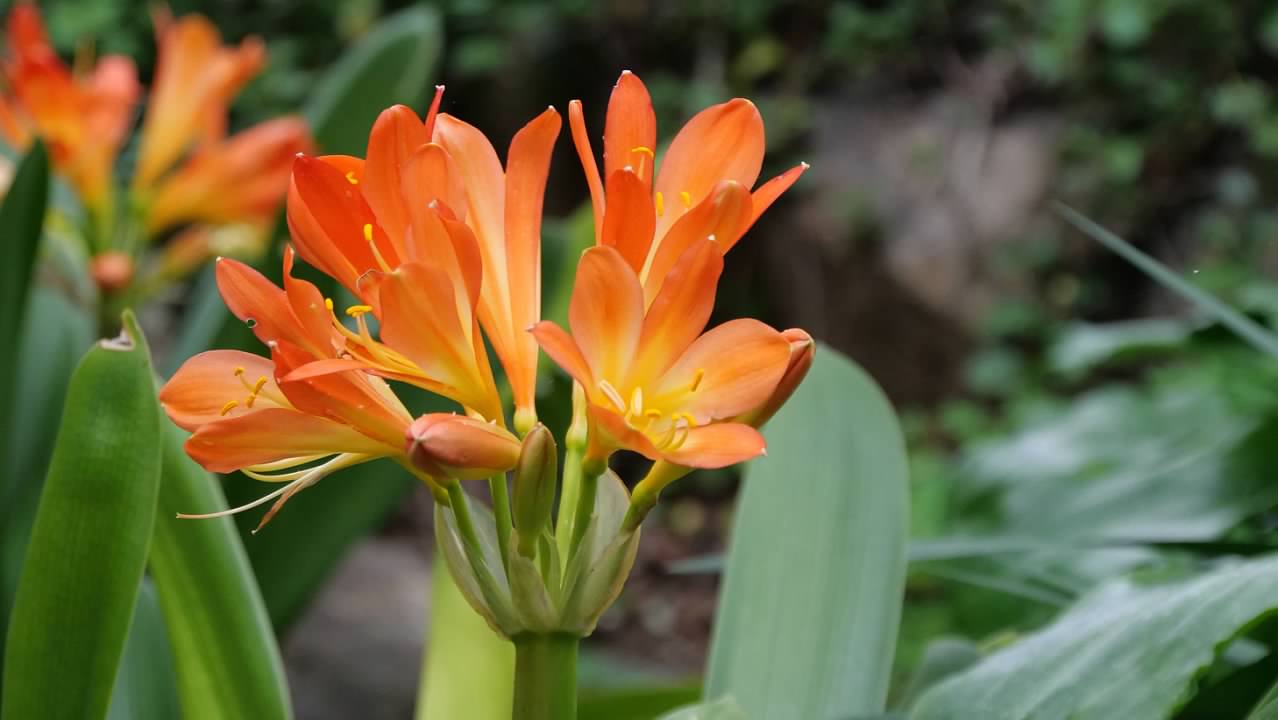
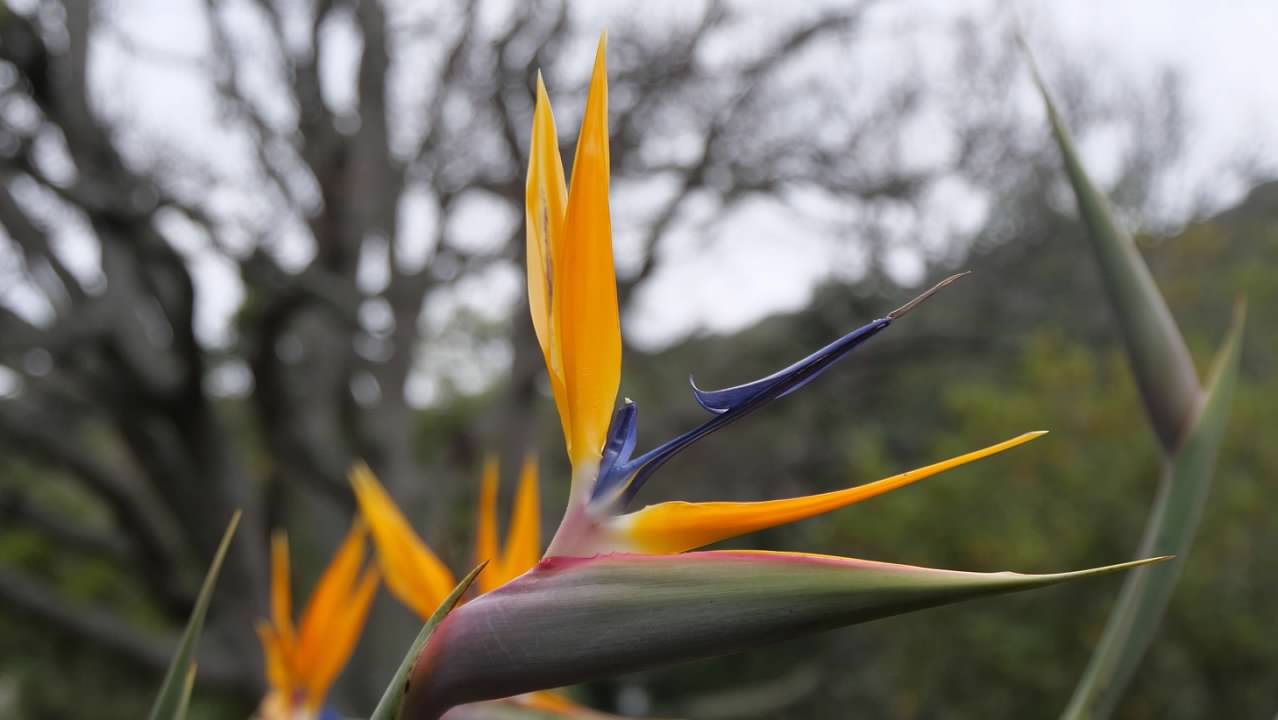
 The third day was unscheduled, but we decided to book the optional wine tour to the Stellenbosch region. Our first stop was the town of Stellenbosch, where we spent an hour or so walking around, soaking in the towns Dutch architecture and looking at the various shops. From there we proceeded on to visit three wineries over the rest of the afternoon, with lunch served at the second. In total, we sampled 13 different wines, and by the end, I was very glad I wasn't driving! After almost leaving my camera behind at the first winery, I left it in the bus for the rest of the trip, so there aren't many photos after Stellenbosch.
The third day was unscheduled, but we decided to book the optional wine tour to the Stellenbosch region. Our first stop was the town of Stellenbosch, where we spent an hour or so walking around, soaking in the towns Dutch architecture and looking at the various shops. From there we proceeded on to visit three wineries over the rest of the afternoon, with lunch served at the second. In total, we sampled 13 different wines, and by the end, I was very glad I wasn't driving! After almost leaving my camera behind at the first winery, I left it in the bus for the rest of the trip, so there aren't many photos after Stellenbosch.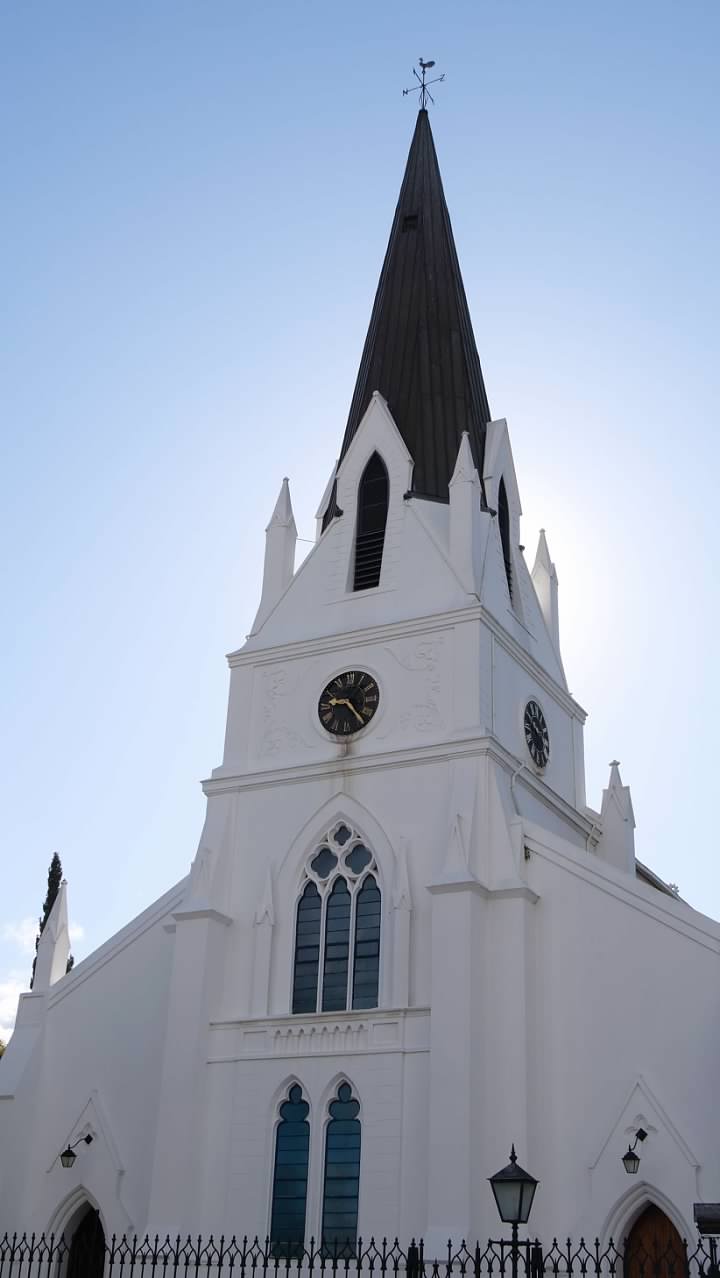
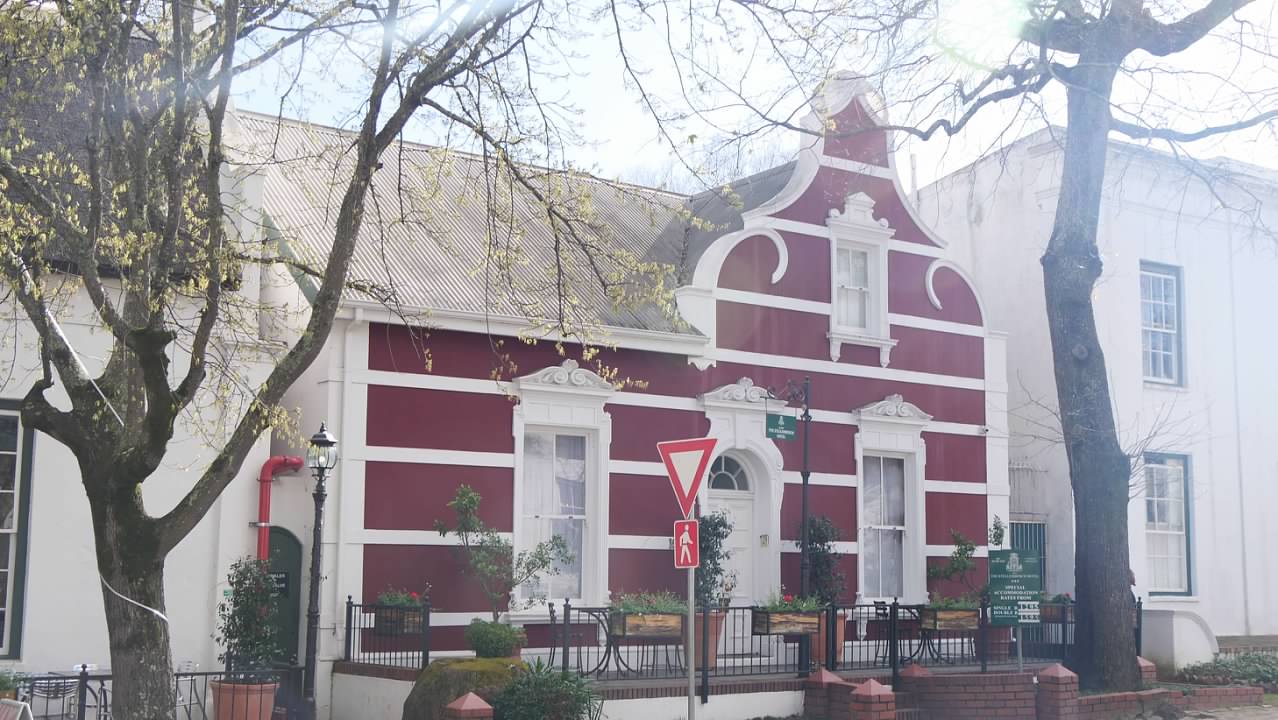
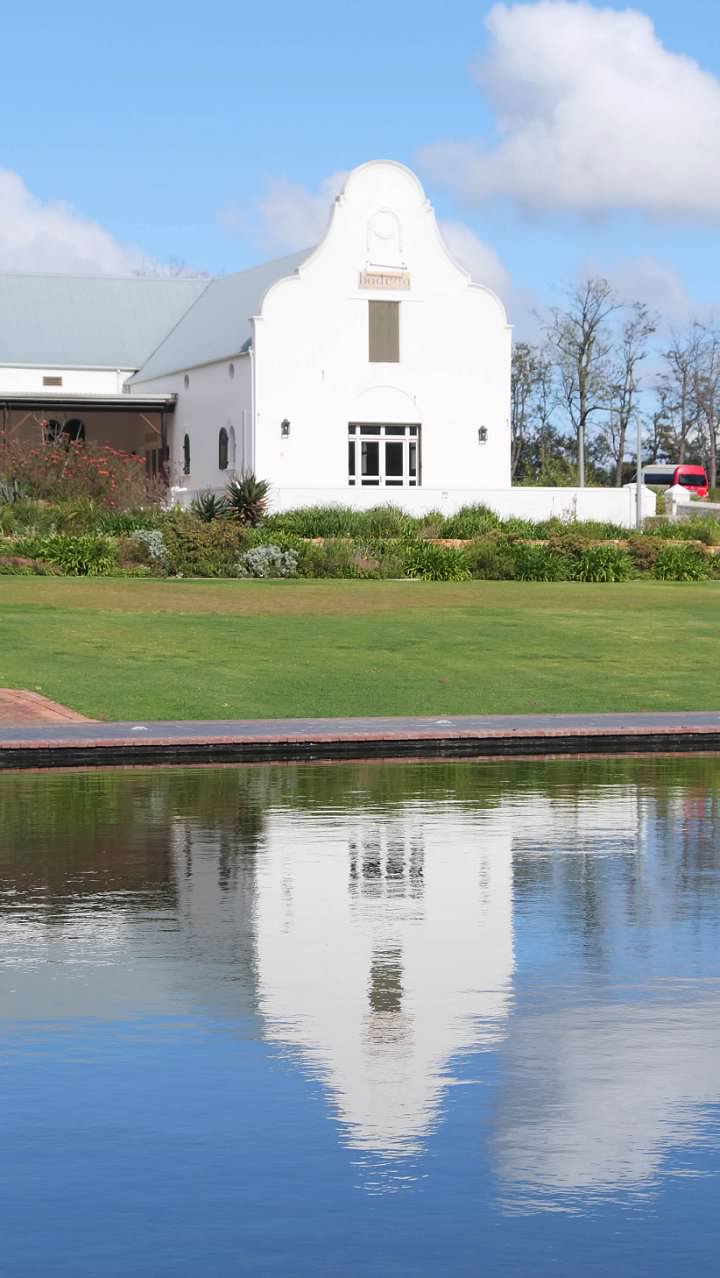
 Our flight home on the fourth day wasn't until evening, so we decided to book a food tour to fill some of the time that day. Our tour guide was friendly and knowledgeable, and we learned more about the history of Cape Town and its culture along the way. Much of the food we sampled was heavily influenced by Malay and Indonesian flavors, as immigrants from those area broad their own recipes and food preferences with them during the colonial period, and adapted the Dutch colonial foods using the flavors from their island homes. This resulted in some truly amazing flavors in the foods we sampled.
Our flight home on the fourth day wasn't until evening, so we decided to book a food tour to fill some of the time that day. Our tour guide was friendly and knowledgeable, and we learned more about the history of Cape Town and its culture along the way. Much of the food we sampled was heavily influenced by Malay and Indonesian flavors, as immigrants from those area broad their own recipes and food preferences with them during the colonial period, and adapted the Dutch colonial foods using the flavors from their island homes. This resulted in some truly amazing flavors in the foods we sampled.
Finally, it was time to head to the airport for our long, overnight flight home. The trip was an unforgettable experience, and much of what we experienced is still a little hard to believe. I suspect that this will long linger at the top of our list of favorite travel experiences.
Because the aerial tram to the top of Table Mountain had only re-opened the previous day after being closed for annual maintenance, we were up early the next morning to be in line when the tram opened. This proved to be a good strategy, as we were among the first up the tram, and the line behind us had grown impressively long. There were some broken clouds around, but visibility at the top of the mountain was good, and the clouds below us made for some interesting views. We spent an hour on the mountain top, exploring and taking in the scenery. We also saw a few Hyraxes out on the rocks, which were cute and not something I had anticipated seeing.
Finally, it was time to head to the airport for our long, overnight flight home. The trip was an unforgettable experience, and much of what we experienced is still a little hard to believe. I suspect that this will long linger at the top of our list of favorite travel experiences.